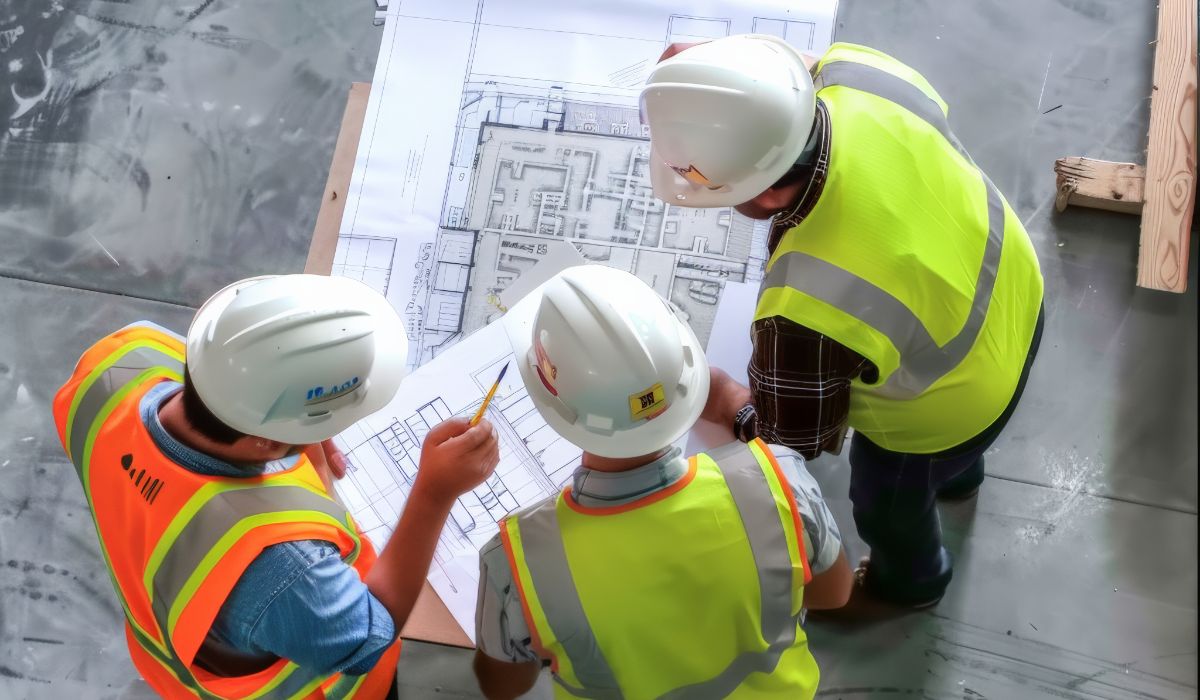Digital Site Desk
Introduction to On-Site Support Unit
TM20’s custom built, “digital site desks” now available for hire. Comprising a 32” HD monitor, PC within air filtered housing inside a lockable ruggedised mobile unit, constructed to withstand the rigors of life on a construction site but still light enough to negotiate through your site without the need for mechanical assistance.
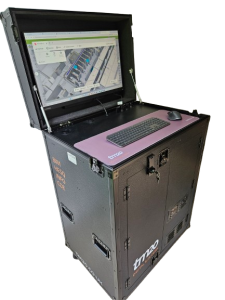
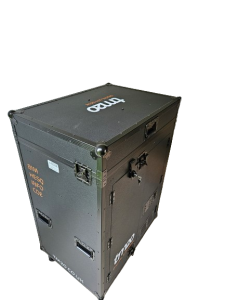
Fully Customisable
Our units are fully customisable to suit your needs:
- Custom Colours and Decals.
- 110v or 240v hookup.
- 5G Wi-Fi antenna/RJ45 connection.
- Fan assisted filtration (extra dusty sites).
- KVM switch over (allowing external laptop to effortlessly connect to monitor, mouse and
keyboard). - Preloaded software and training.
Benefits
Logistics
The primary reason most contractors consider adding a mobile site desk to their operations is to streamline logistics. On large-scale projects, often covering tens of thousands of square meters, traditional portacabin offices are typically located in remote corners of the site. This forces personnel to spend 15 to 20 minutes walking between the office and the work area to gather and share information, leading to significant inefficiencies. By addressing this issue, contractors can greatly improve workflow, saving both time and money.
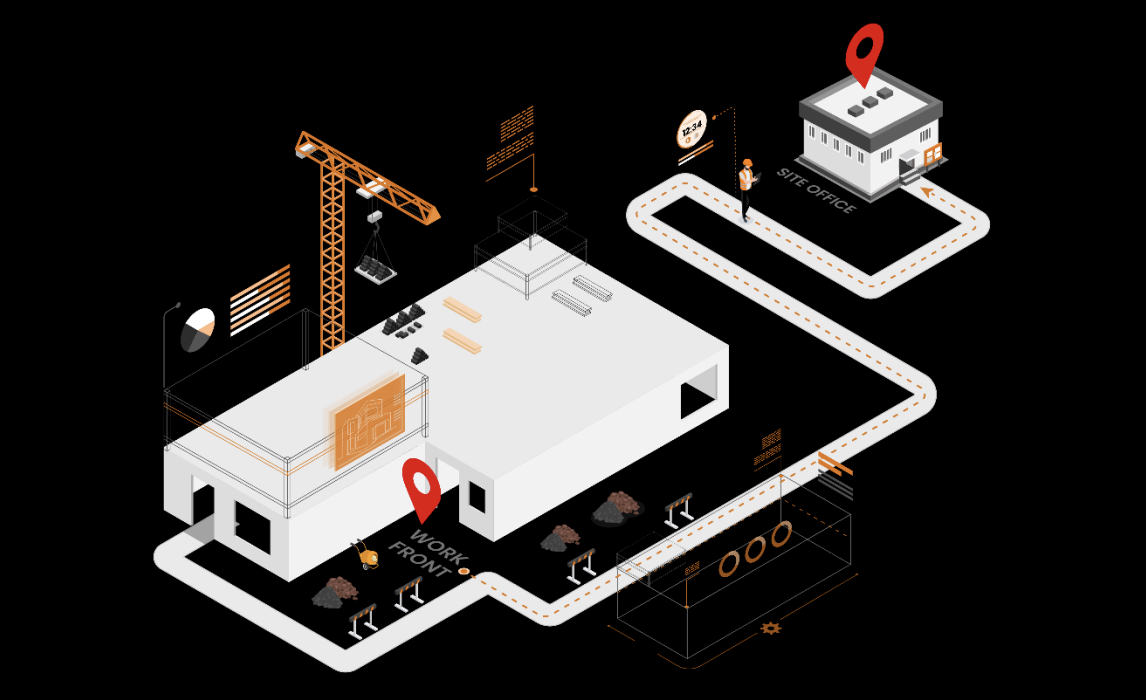
Benefits
BIM
The construction industry has seen a significant shift toward digital technology over the past 5 to 10 years, with Building Information Modelling (BIM) playing a pivotal role. As BIM models become increasingly complex, they are evolving from simple coordination tools into comprehensive project management resources. Access to these models on-site has become essential. A mobile site desk allows teams to demonstrate, discuss, and review BIM models in close proximity to site conditions, fostering a deeper understanding of the design and reducing ambiguity, leaving less room for interpretation.

Benefits
Industry 4.0
Digital Site Desks align with the principles of Industry 4.0 and the ongoing digital transformation in the construction industry by enhancing both sustainability and efficiency. For instance, digitizing site drawings reduces the need for paper copies, which not only minimizes the risk of outdated versions being used but also cuts down on paper waste. In terms of time and cost savings, having up-to-date information readily accessible at the point of work reduces the need for ad hoc instructions from Site Managers and prevents trades from improvising. This real-time access to drawings, specifications, and details also helps minimize errors and rework.
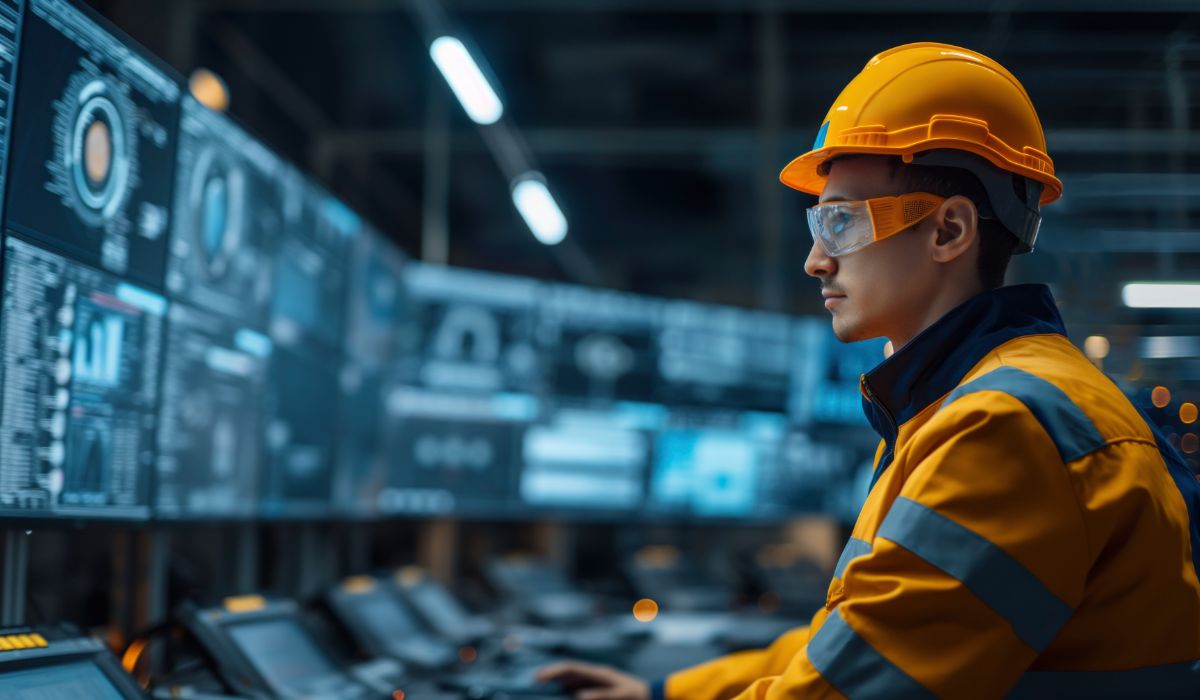
Benefits
The Bottle Neck
There is a common consensus in the industry that data and information flow between the “back office” and the site is often fragmented. Phrases like “They tell us nothing” are frequently heard from tradespeople and those responsible for managing them. While this can sometimes be an easy excuse, it holds some truth. The sheer volume of information generated during pre-construction, and its overlap into the construction phase, makes it impractical to highlight every design detail to site teams. However, at a minimum, they should have access to the same suite of models, drawings, specifications, and design details as the “back office.” With Common Data Environments (CDEs) now becoming standard practice on projects, we have a centralized, up-to-date source for all project information. When paired with a Digital Site Desk, this enables teams to shift from “They tell us nothing” to “They tell us nothing, but we found it ourselves.”
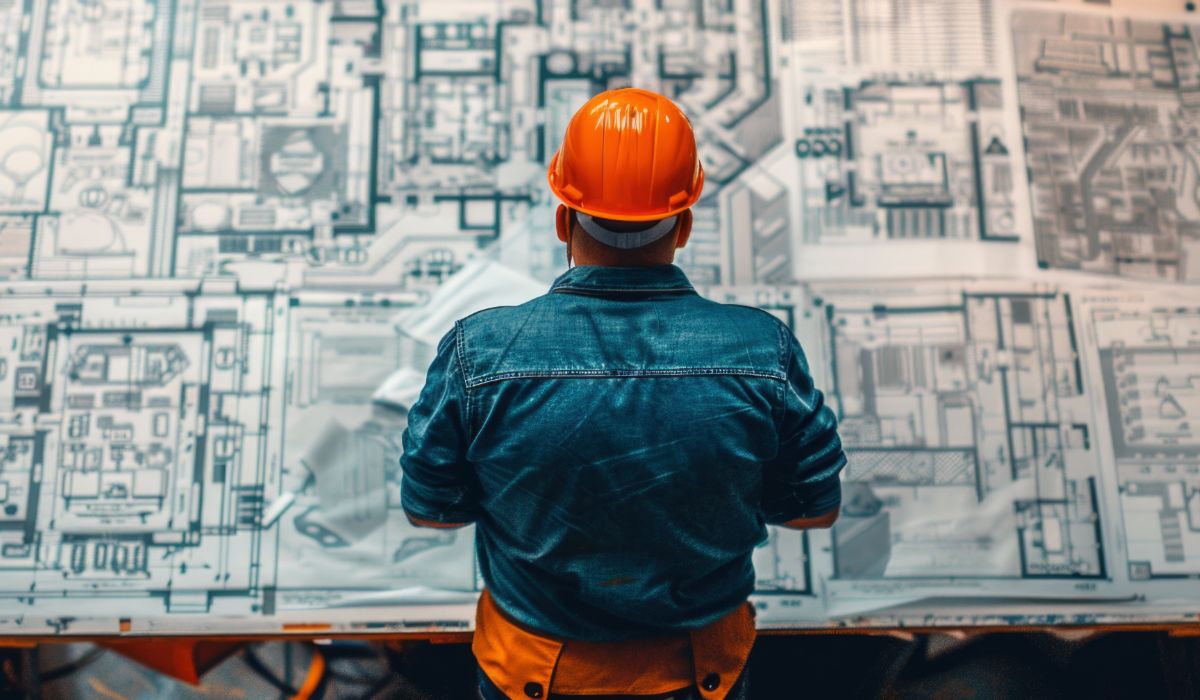
Benefits
Meeting and Storage point
In addition to providing accurate project information, the Digital Site Desk serves as a meeting space for site meetings, health and safety briefings, and other gatherings. It also offers a secure, lockable storage solution for essential items such as first aid kits and spill kits.
